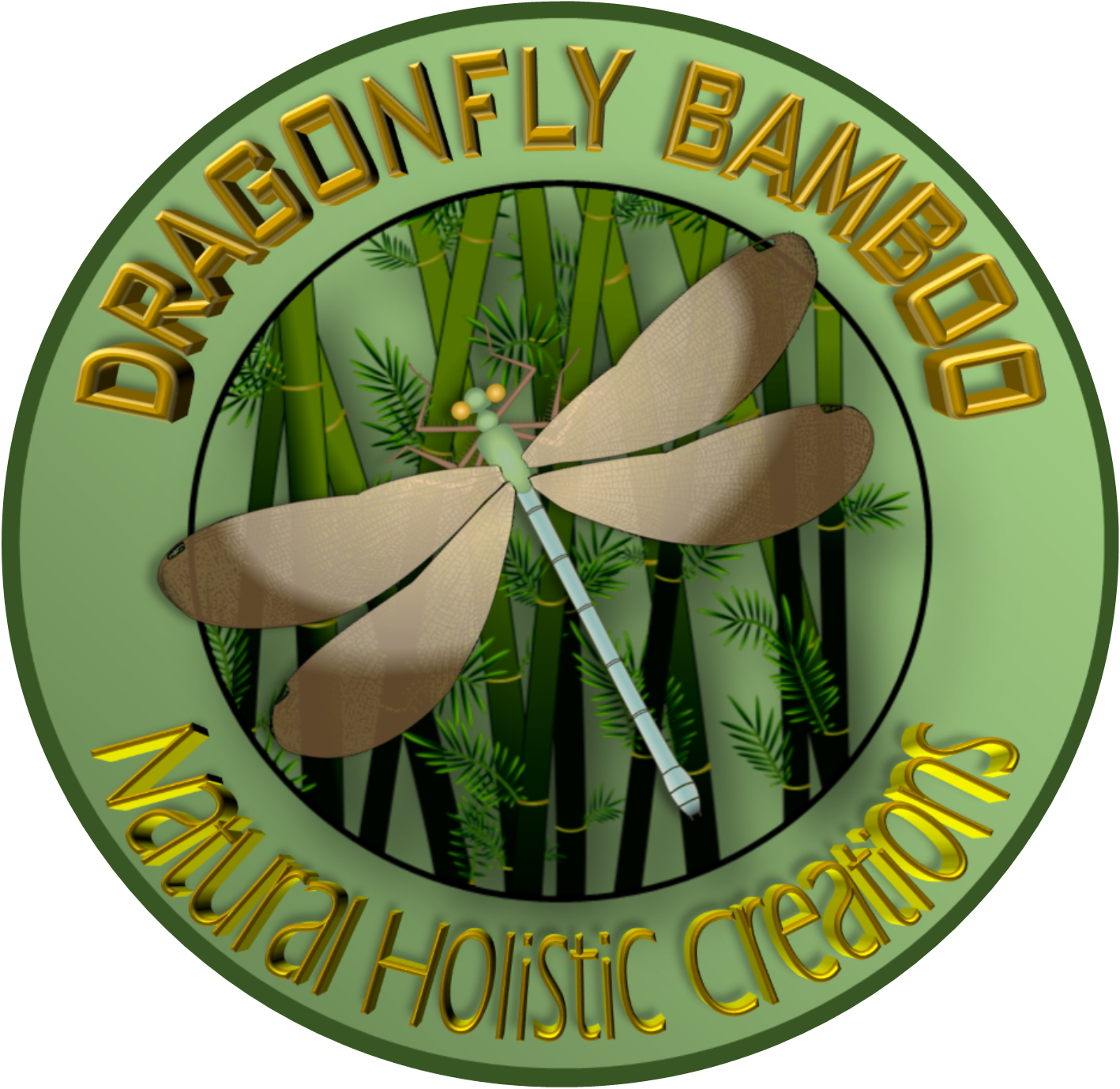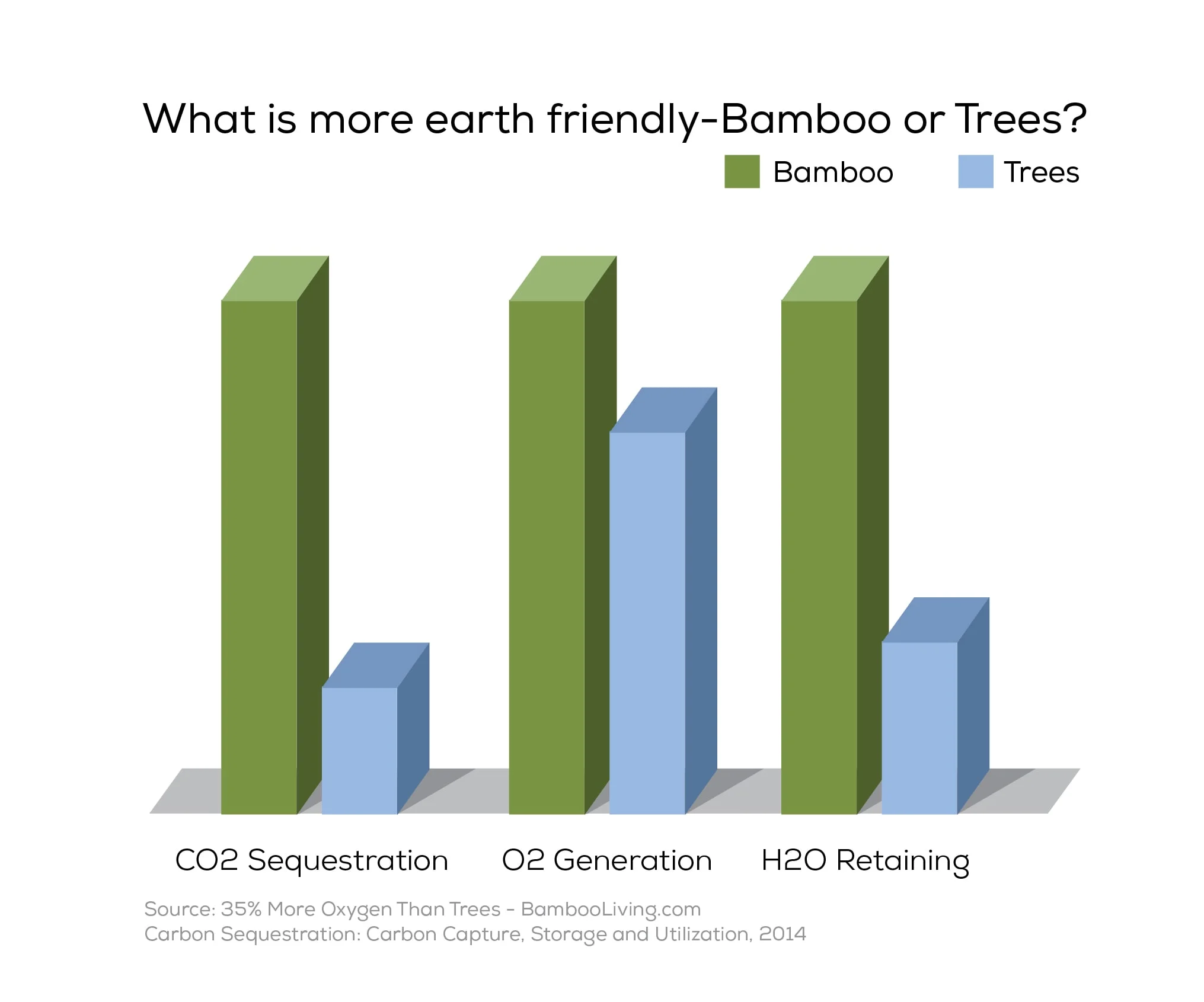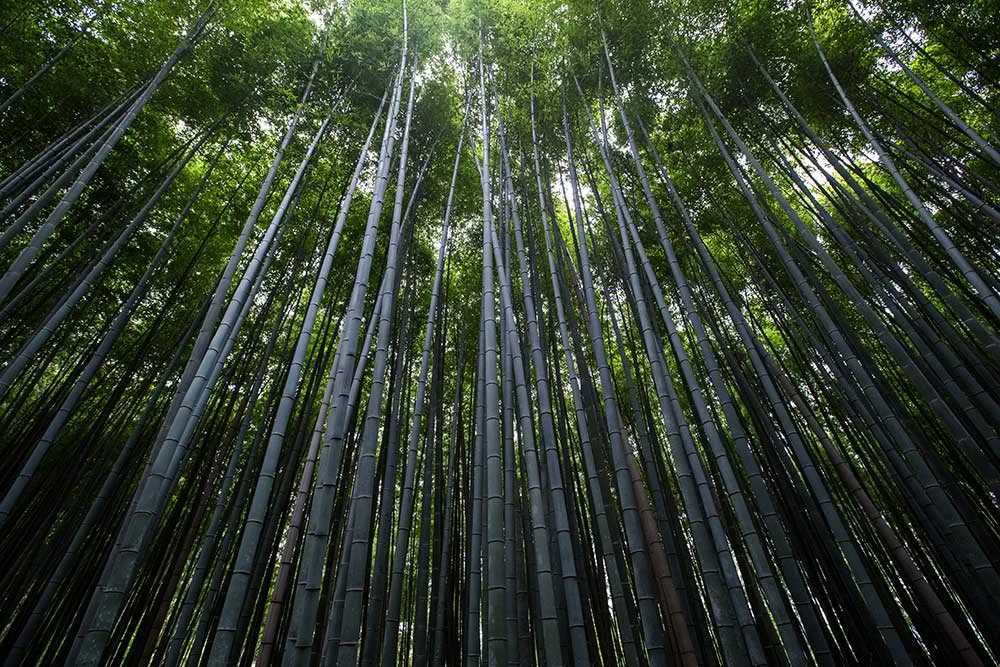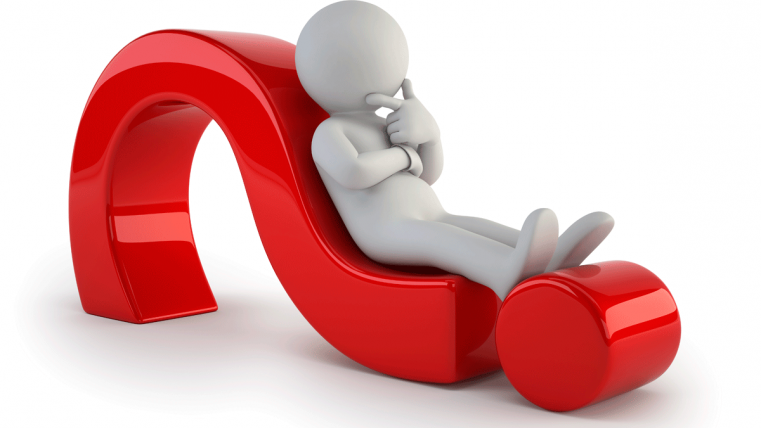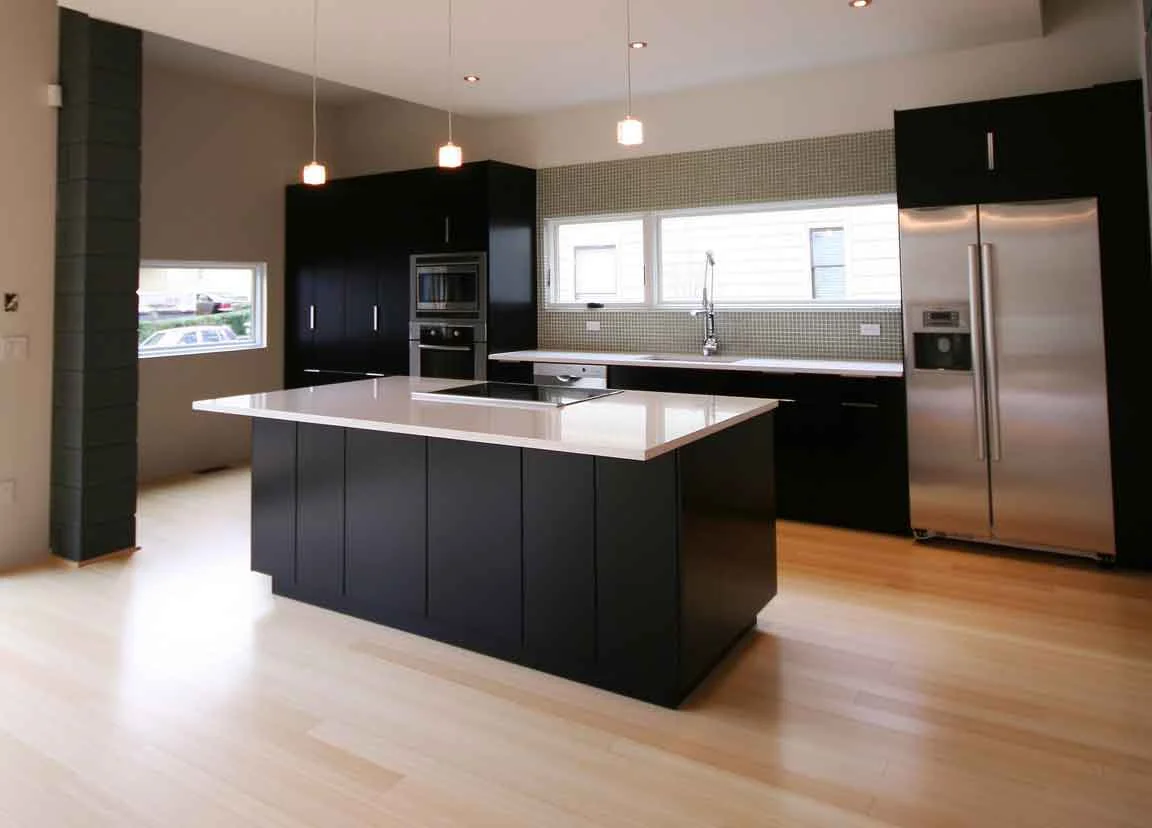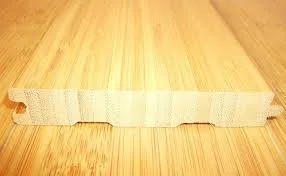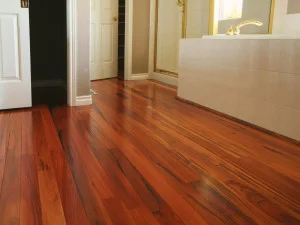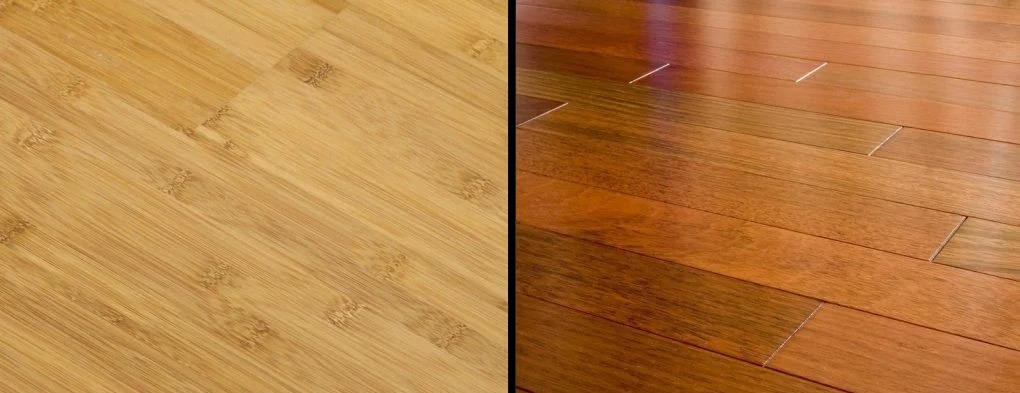Introduction- Bamboo Flooring
Ready to learn everything you need to know about purchasing Bamboo Flooring? We have put together all of the essentials in order to make buying Bamboo Flooring easy. Here you will get the facts about Bamboo Flooring, while at the same time, educating yourself on Bamboo, Learn about Sustainability, Types of Bamboo Flooring, Installation Cost, and much more. There is even a Bamboo Flooring Installation Guide for those of you who would like to DIY. If you are ready to purchase now, check out our Bamboo Flooring Products.
Everything You Need to Know About Bamboo Flooring
Bamboo Flooring - Learn the Basics
Bamboo Flooring
If you are in the process of buying Bamboo Flooring or just want to get some facts about Bamboo Flooring you have come to the right place. When we hear the name Bamboo, many questions come to mind. Firstly, let's clarify something important. Bamboo or Bamboo Flooring is not a wood. Bamboo is in the grass family of Poaceae.
Bamboo, subfamily Bambusoideae, indigenous to China from prehistoric times. More than 400 species of bamboo, one third of all known species in the world, grow in China. In 2014 fragmented strips of Bamboo were found, dating back 2,200 years. There are between 1400 to 1600 species of Bamboo. 64% of those species grow in SE Asia. In the US, there are only 3 species that grow there naturally, Arundinaria gigantean, Arundinaria tecta and the most recently discovered Arundinaria appalachiana. Learn More about Bamboo on our Bamboo Facts page.
Bamboo Flooring is an amazing product with many of the same qualities as hardwood floors. Although, there are several qualities only found with Bamboo. One of those qualities is its shock absorption capabilities. Bamboo will flex and respond when walked upon, absorbing each step. Secondly is the Sustainability of Bamboo over Hardwoods. Although, this is based upon the manufacturer and whether they usy use low VOC or No VOC adhesive. Bamboo is more sustainable than hardwood trees like, Oak, Cedar, Mahogany, Teak, and Pine. It also removes more CO2 per acre. A third would be its strength, it offers a tensile strength higher than steel. Read on and learn more!
Types of Bamboo Flooring
Bamboo Flooring Colors:
Solid Strand Bamboo - Tongue and Groove
Solid Strand Bamboo - Click Lock
Engineered Strand Bamboo - Click Lock
Engineered Strand Bamboo - Tongue & Groove
Classic Bamboo - Tongue & Groove
HORIZONTAL: Bamboo strips are glued horizontally in this process.
VERTICAL: Bamboo strip are glued vertically in this process.
STRAND WOVEN: Bamboo Fibers are woven, then compressed together and made into very strong boards in the process. Stand Woven is by far the best choice and uses the highest quality manufacturing process.









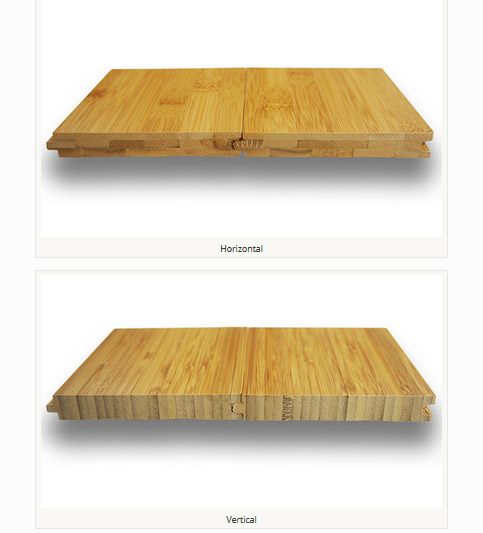

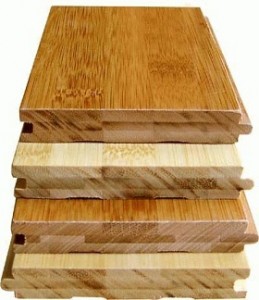
Bamboo vs. Hardwood Flooring
Strand Woven Bamboo Flooring is stronger than Red Oak
Bamboo Looks, feels, and performs like hardwood
Bamboo has Unique styles, stains, and textures
Strand Bamboo is 2X Harder than Red Oak
Bamboo is as Durable as hardwood flooring
Bamboo has Shock Absorbing Properties
Bamboo is more Sustainable than Hardwoods
They both have Similar Installation Costs
They both can be cleaned easily
Benefits of Bamboo Flooring
Bamboo has been used as a building material worldwide for generations. It offers a tensile strength higher than steel. Bamboo withstands compression better than concrete. Bamboo is also more resistant to moisture than hardwoods, it is the perfect alternative. These inherent qualities, however, can only be taken advantage of with a proper harvesting and manufacturing process. The quality of the product you receive depends entirely on the care taken by the manufacturer.
Bamboo Flooring - Eco-Friendly Alternative
Sustainability of Bamboo Flooring
Bamboo flooring is typically made by slicing bamboo poles into strips. These are destarched by boiling, glued into boards, and milled. Preservative treatment—often boric acid, though more harmful chemicals may be used—is applied during this process. Most bamboo flooring uses a urea-formaldehyde (UF) adhesive in the lamination process. Though the use of UF resins, which emit volatile organic compounds (VOCs), is harmful to indoor air quality, bamboo flooring uses a relatively small amount compared with other materials, such as particleboards. Bamboo flooring products that avoid formaldehyde use are available, including some listed in the GreenSpec Directory.
Aside from wing with its local ecosystem, bamboo also has many broad positive impacts on the Earth's environment. It can capture up to 70 percent more carbon than hardwood forests on an annual basis, thus having positive benefits for impending climate change. It is also grown without added fertilizers or pesticides, an important consideration for reducing chemical pollutants in a world where pervasive chemical toxins are causing unforeseen consequences to people, animals and the Earth itself. Products that utilize sustainable bamboo
Impact on Local Pandas
“The International Union for Conservation of Nature (IUCN) announced the positive change to the giant panda’s official status in the Red List of Threatened Species, pointing to the 17% rise in the population in the decade up to 2014, when a nationwide census found 1,864 giant pandas in the wild in China.”




Environmental Impact of Bamboo Flooring
“China’s State Forestry Administration Seventh National Forest Resource Inventory Report in
2009 indicated a total bamboo forest area of 5.38 million hectares (13.3 million acres) with the majority of this area in plantations. This was a significant increase in comparison to the 4.2 million hectares recorded in a 1998 forest inventory (Petry and Lei 2009; Mertens et al. 2008).
Natural bamboo also occurs in smaller quantity within mixed forest stands across 18 of China’s 22 provinces, with more than half of this volume in just three provinces – Fujian, Jiangxi, and Zhejiang” (Song et al. 2011).
The primary bamboo producing areas within China. Provinces of China and Principal Bamboo Forest and Plantation Areas (Fujian, Jiangxi, and Zhejiang in the upper right of the larger circle)
Bamboo Flooring Costs
Things to Consider
The amount of adhesive used, and its toxic effects will vary depending on the manufacturer of the material. In some cases, the VOCs emitted will be less than those found in manufactured carpeting. That is why it is so important to find a reputable flooring dealer that is trustworthy so that you can be sure that your bamboo was produced according to the highest environmental standards.
Installation Costs of Bamboo Flooring
Installation Cost will vary from place to place. These prices are a based on averages across the country.
*More Detailed Information Coming Soon.
Cost of Bamboo Flooring
Solid Bamboo Flooring Price: $1.50 - $5.00 per square foot (material only)
Horizontal Bamboo Plank Costs: $1.80 - $3.30 per square foot (material only)
Vertical Bamboo Flooring Costs: $1.90 - $3.50 per square foot (material only)
Strand Woven Bamboo Flooring Prices: $3.00 - $5.00 per square foot (material only)
Handscraped Bamboo Flooring Costs: $2.00 - $5.00 per square foot (material only)
Carbonized Bamboo Flooring: $1.80 - $3.90 per square foot (material only)
Cost Of Bamboo Laminate Flooring (Engineered Bamboo): $1.30 - $4.00 per square foot (material only)
Floating Bamboo Flooring Prices: $1.79 - $3.29 (materials only)
Cost Comparison Bamboo vs. Hardwood Flooring
Hardwood: Roughly $3-$5 per square foot for standard materials. Softwood and plywood can go as low as a dollar, and more exotic hardwoods can cost upwards of $10 per square foot.
Bamboo: This material is consistently priced at $2 - $5 per square foot. You can sometimes find it for less, but with cheaper material, you run the risk of having a lower quality floor.
Installation Guide
Bamboo Flooring Installation Guide
Because of this, you need to find a reputable dealer that will be able to deliver high-quality materials from reliable sources. You should also try to avoid bargain basement bamboo outlets that may be selling low-quality materials at what seem to be unbelievably low prices.
